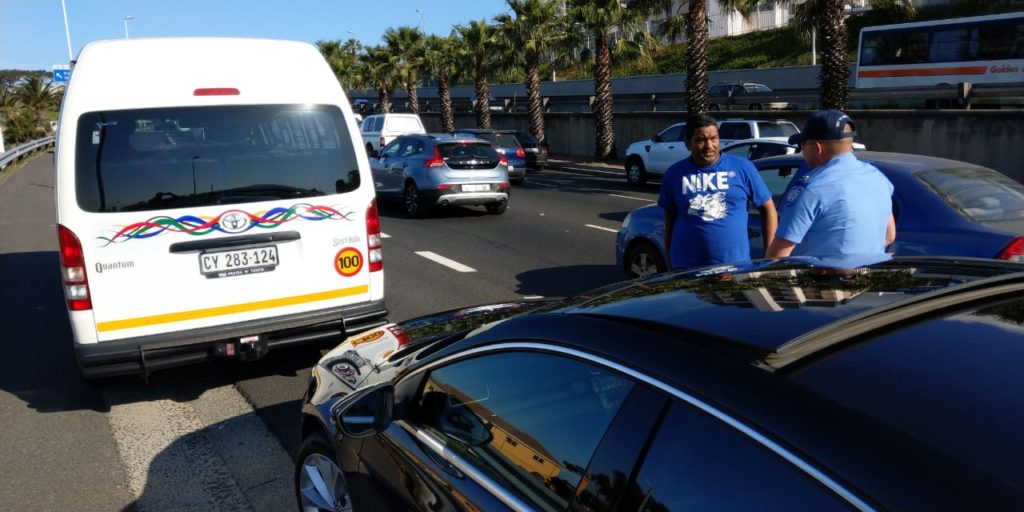Traffic officers across the Western Cape are now kitted out with body cameras while on duty, making it easier to prosecute traffic offenders with video evidence. Guilty parties often deny wrongdoing in court, and it is difficult to establish blame without evidence. According to Mayco member for safety and security, JP Smith, video evidence gathered from both body and dash cameras found in traffic law enforcement vehicles will be used in court as evidence.
“Four trials have already been settled without the need for testimony due to the footage being available,” Smith said. “This makes it harder for the offender to lie to the magistrate when video evidence is provided.”
He also added that law enforcement action will also be more effective once amendments to the Provincial Traffic Act and its regulations are approved.

The dash and body cameras also monitor and record traffic officers in Cape Town while they are on duty.
When another type of body camera, this one called the ‘body-worn video’ camera or BWV, was piloted by the Cape Town Central City Improvement District’s (CCID) officers in 2016, it found that the video footage could be used to take the ‘he said, she said’ aspect out of a complaint.
“BWV cameras are cutting edge technology for law enforcement services globally and their aim, in a nutshell, is to keep everyone on the side of the law, honest and well-behaved. It’s about both behaviour modification and accountability,” Muneeb Hendricks, Safety and Security Manager of the CCID, said to The People’s Post at the time.

As a vehicle passes a dashboard camera, information about its average speed over distance is collected, as well as information linked to the number plate. This includes who the vehicle is registered to, its current roadworthiness and when the driver has exceeded speed limits before.
The information is also linked to a handheld device that each traffic officer possesses. This helps officers focus on stopping those where possible infringements have already been identified. It also improves the efficiency of law enforcement officers, and is less time consuming as they are not pulling over random drivers.
Picture: Supplied/JP Smith






